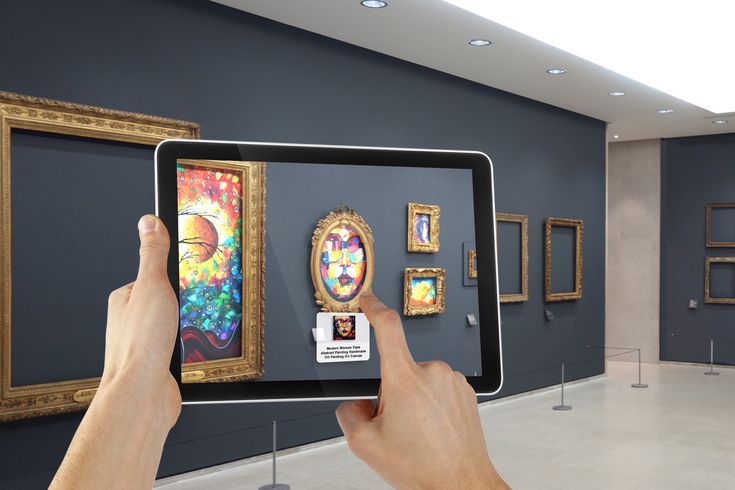
Art galleries and exhibits have always been spaces where visitors can appreciate and immerse themselves in various forms of art. However, with the rapid advancements in technology, the integration of augmented reality (AR) has revolutionized the way art is experienced and perceived. By seamlessly blending the real and virtual worlds, AR has created new opportunities for artists, curators, and art enthusiasts alike.
Enhancing Viewer Engagement
AR technology brings a new dimension to static artwork, transforming it into interactive and immersive experiences. Through the use of mobile applications or specialized AR glasses, visitors can engage with art in ways not previously possible. From paintings that come to life with animated elements to sculptures that reveal hidden details, AR provides viewers with a deeper understanding and appreciation of the artwork.
Bridging the Gap Between Traditional and Digital Art
The integration of AR in art galleries and exhibits helps bridge the gap between traditional and digital art. Traditional art forms, such as paintings and sculptures, can now be enhanced with digital overlays, expanding the possibilities for artists to push boundaries and experiment with new mediums. AR also allows for the inclusion of digital art in physical gallery spaces, creating a more inclusive and diverse art experience.
Expanding Interpretation and Context
AR technology enables art galleries and exhibits to provide additional interpretation and context for artworks. By overlaying text, images, or audio, visitors can access relevant information about the artist, historical background, or the specific techniques used in creating the artwork. This enriches the overall art appreciation experience, allowing viewers to delve deeper into the meaning and significance behind each piece.
Creating Immersive Installations
Art installations have always aimed to create immersive and thought-provoking experiences for visitors. With the integration of AR, artists can push the boundaries of what is possible. AR-powered installations can transport visitors to different worlds, blur the lines between reality and fantasy, and challenge perceptions. By combining physical and virtual elements, these installations leave a lasting impact on viewers, stimulating their senses and emotions.
Accessibility and Reach
AR technology has the potential to make art more accessible and reach wider audiences. While physical art galleries have limited exhibition space, AR allows for virtual galleries that can be accessed remotely from anywhere in the world. This opens up opportunities for artists to showcase their work to a global audience and for individuals who may not have had the means or ability to visit a physical gallery to engage with art in a meaningful way.
Conclusion
The integration of augmented reality in art galleries and exhibits has brought about transformative changes, enhancing viewer engagement, bridging traditional and digital art forms, expanding interpretation and context, creating immersive installations, and increasing accessibility. AR has forever changed how we experience and appreciate art, pushing the boundaries of creativity and innovation. As technology continues to evolve, we can expect exciting new developments and further integration of AR in the art world.


